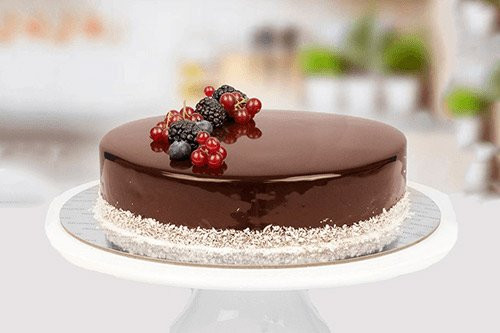The Science Of Baking: Understanding Cake Chemistry

Baking a cake is a delightful combination of art and science. Behind the delectable flavors and irresistible textures lies the fascinating world of cake chemistry. Understanding the scientific principles can help you achieve consistently delicious and perfectly baked cakes. This article will explore the key elements of cake chemistry and how they contribute to the final result. View it now to get info about a cake delivery in Dubai.
Leavening agents:
Leavening agents are ingredients that create the rise and lightness in cakes. They work by producing carbon dioxide gas, which gets trapped in the batter and causes it to expand. Baking powder and baking soda are common leavening agents used in cake recipes. Baking powder contains both an acid and a base, while baking soda requires an acidic ingredient, such as buttermilk or vinegar, to activate its leavening properties.
Structure and texture:
The balance of proteins, starches, and fats determines the structure and texture of a cake. Flour provides the structure through proteins, mainly gluten, which develop when mixed with liquid. The more you mix the batter, the more gluten forms, resulting in a denser cake. Fats, such as butter or oil, contribute to tenderness and moisture. Eggs act as binders and provide structure, adding moisture and richness.
Emulsification:
Emulsification is the process of combining fat and liquid ingredients to create a smooth and homogeneous mixture. Cake fats like butter can be difficult to incorporate with liquids like water or milk. Emulsifiers, such as eggs or lecithin, help stabilize the mixture by surrounding and dispersing the fat particles throughout the liquid, resulting in a smooth batter and a moist, tender cake.
Maillard reaction:
The Maillard reaction is a chemical reaction that occurs when proteins and sugars are heated together. This reaction gives cakes their golden brown color and contributes to developing complex flavors and aromas. The Maillard reaction is responsible for the delicious crust outside a cake and adds depth and richness to the overall taste.
Temperature and time:
Baking is a delicate balance of time and temperature. Baking at the correct temperature for the right time ensures even heat distribution and proper browning. Too high a temperature can cause the cake to rise too quickly and collapse, resulting in a dense and sunken cake. On the other hand, baking at too low of a temperature may lead to a dry cake that lacks proper browning.